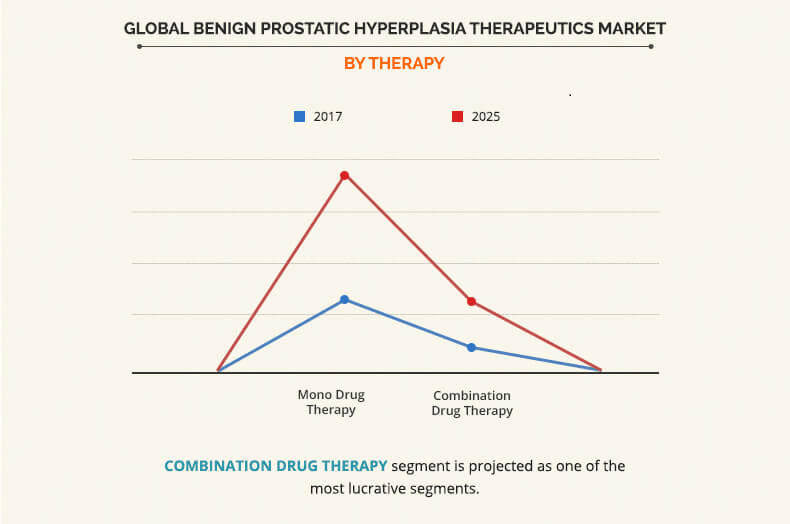What is Benign Prostatic Hyperplasia? - GoodRx for Dummies

Not known Details About Patient education: Benign prostatic hyperplasia (BPH) (Beyond
Medical diagnosis, Your medical professional will start by asking detailed concerns about your signs and doing a physical examination. This initial exam is likely to include: The physician inserts a finger into the rectum to check your prostate for enhancement. Analyzing a sample of your urine can assist dismiss an infection or other conditions that can cause comparable signs.
PSA is a compound produced in your prostate. PSA levels increase when you have an enlarged prostate. Nevertheless, elevated PSA levels can also be due to recent treatments, infection, surgical treatment or prostate cancer. After that, your doctor might recommend extra tests to help validate a bigger prostate and to rule out other conditions.
Test results help determine over time if your condition is improving or even worse. This test determines whether you can clear your bladder completely. The test can be done using ultrasound or by placing a catheter into your bladder after you urinate to measure how much urine is left in your bladder.

Benign Prostatic Hyperplasia - Urologic Disorders - Pharmacotherapy A Pathophysiologic Approach, 9th Ed.
If your condition is more complex, your doctor may advise: An ultrasound probe is placed into your anus to measure and evaluate your prostate. Transrectal ultrasound guides needles utilized to take tissue samples (biopsies) of the prostate. Taking a look at the tissue can assist your physician diagnose or dismiss prostate cancer.

How Prostatic Disease in Dogs - VCA Animal Hospitals can Save You Time, Stress, and Money.
Water or, less frequently, air is gradually injected into your bladder. Your physician can then determine bladder pressure and determine how well your bladder muscles are working. These studies are typically used only in men with thought neurological issues and in guys who have had a previous prostate procedure and still have symptoms.
You will be given an anesthetic before this test. Tests and medical diagnosis at Mayo Center, Mayo Clinic professionals have experience identifying complex conditions including enlarged prostate. You have access to the most recent diagnostic testing, consisting of urodynamic and pressure circulation research studies. More Information, Show more associated details Treatment, A wide range of treatments are readily available for bigger prostate, consisting of medication, minimally intrusive treatments and surgery.

Living Better with Benign Prostatic Hyperplasia - Harvard Health
For some guys, signs can alleviate without treatment. Medication, Medication is the most typical treatment for mild to moderate symptoms of prostate enlargement. The choices include: These medications unwind bladder neck muscles and muscle fibers in the prostate, making urination easier. Check it Out that include alfuzosin (Uroxatral), doxazosin (Cardura), tamsulosin (Flomax) and silodosin (Rapaflo) typically work quickly in males with relatively small prostates.
